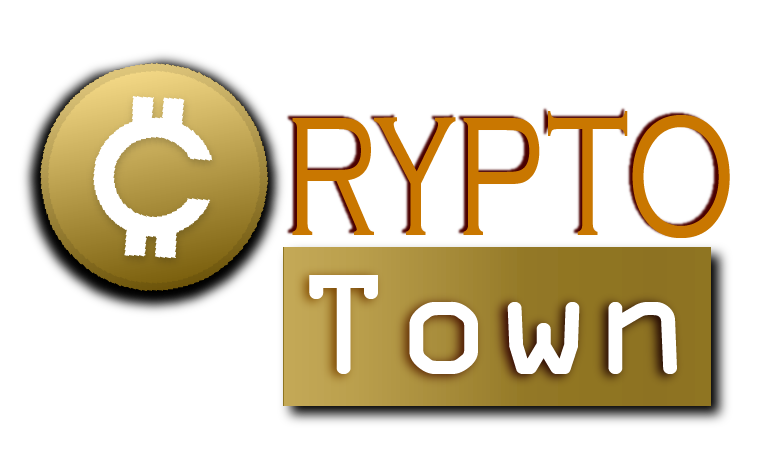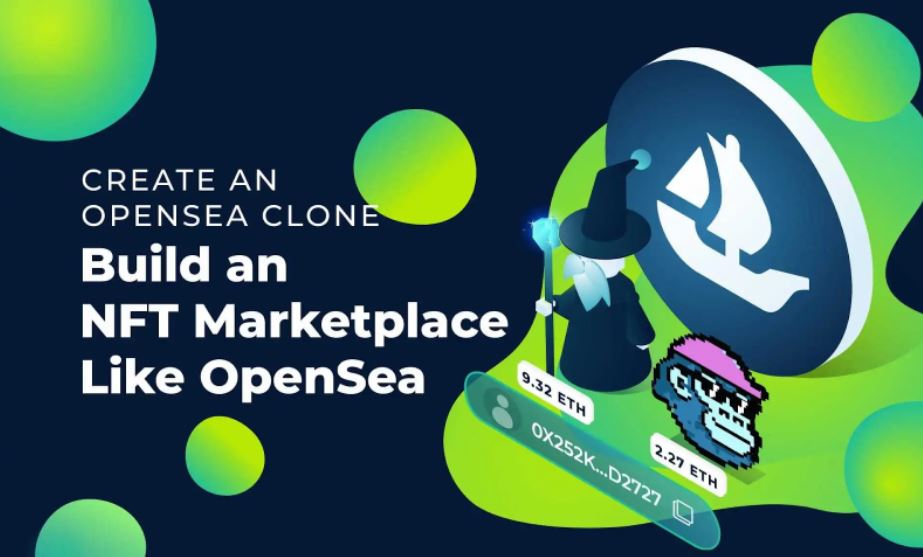How To Create An NFT MarketPlace Website Like OpenSea
In December 2017, OpenSea, a leading NFT marketplace platform, was established. It received a significant capitalization of $23 million (totaling $27.2 million) in the most recent round, which was announced on March 18, 2021. The popularity of the platform has so far exceeded everyone’s expectations. For this very reason, the budding entrepreneurs are partnering with NFT marketplace development companies and launching their NFT marketplaces similar to OpenSea.
As a result of the success and popularity of the OpenSea platform, many companies are developing their own NFT marketplaces that are similar to OpenSea.
These OpenSea clone platforms allow users to decentralize their items’ creation, listing, trading, and management with other users. You can also interact with other users to buy and sell NFTs currently available in the market.
NFT Tokens’ Characteristics
- Due to their inseparability, you can’t break NFTs into smaller pieces.
- Authenticity: Token authenticity can verify information about tokens and their owners.
- Non-interoperability: Because each token is unique, thus eliminates the possibility to intergrade them.
- NFTs are tamper-evident and can be traded on many cryptocurrency exchanges. As a result, owners can benefit from these advanced trading algorithms.
- The ability to group, trade, and sell NFTs in the market opens up many possibilities for NFT holders.
- Interactivity: You can interact with different ecosystems using the ERC721 token and the best ERC1155 token. Both standards enable the production of NFTs for digital collectibles.
- The fact that non-fungible tokens are traded increases liquidity exponentially.
- The many NFT trading platforms cater to a wide range of traders, from novices to seasoned professionals. As a result, more buyers will be able to access digital content.
- Developers can use smart contracts to limit NFT offerings strictly. Coders may impose certain properties that cannot be changed once the NFT is implemented.
NFTs are digital assets that represent real-world goods such as art, music, in-game items, and movies. These tokens are based on the Ethereum blockchain and are of a kind that no other value can be substituted for.
Let’s look at an example of a real image from the market. NFT tokens are digital works of art, such as pictures, songs, and gaming domains, whose value is expressed in the Ethereum or Bitcoin cryptocurrency, converted into dollars.
NFT functions similarly to a cryptocurrency in that it is stored on a blockchain, providing it has monetary value. It is, however, appealing enough to be referred to as NFTs creation or, more simply, NFT’s digital assets.
These tokens are one-of-a-kind, just like a piece of art. Some tokens are partially unique, while others have a smaller supply but are rare.
Among other things, this feature has a significant impact on pricing. NFT is also indivisible; Unlike bitcoin, it cannot be split in half or split into multiple pieces.
OpenSea is one of the most popular markets for NFTs, or virtual assets, that have a large selection of GIFs, animations, and basic graphics, and whose authors can make millions of dollars selling some of these works of art, on which we Will discuss Later in the webinar.
Read about: What Goes Into Building An NFT Marketplace like CryptoPunks?
What Are NFTs, And How Do They Work?
The birth of cryptocurrencies was witnessed all over the world in 2017. However, it is important to note that the token owner has access to all original file copies. Even though digital data itself is infinitely replicable, the NFTs that represent digital files are tracked on their key blocks and provide customers with proof of ownership of the NFTs.
NFT codification leads to pricing, ownership, and transfer records to prevent digital counterfeiting and file replication. Once shipped, NFTs will exist on the blockchain indefinitely as long as the system is operational.
How To Build a Digital Assets Marketplace for Sale
An NFT Marketplace is ready to assist digital content providers in appropriate locations. One can experiment with a variety of methods to demonstrate creativity and improve finances rapidly. With an NFT Token Development Company, you can even build and launch your own NFT marketplace similar to Opensea.
OpenSea Clone will eliminate the need to start from scratch when building a website similar to an OpenSea clone. Assuming that you are fully aware of the steps involved in building an NFT marketplace, let us suggest some must-have features to add to your NFT marketplace.
To this point, NFT-based marketplaces have established their own standards for marketplace features. The features you select are entirely dependent on the type of white label NFT marketplace you intend to create.
Rarible
It is similar to OpenSea as it is a bigger market for NFTs. The platform is based on the Ethereum blockchain and is its cryptocurrency.
Axie Marketplace
According to an online platform for video games and gamers, mythical creatures are well trained and fight against each other to gain rewards.
These are just two examples of NFT-based marketplaces. Now, we will go through the essential features.
Check out: Meet Lazy Leopards, one of the most hyped NFT projects of 2022
An Example of a Feature to Include on Your Website is OpenSea
Storefront
The NFT auction platform must include a storefront in the form of a marketplace. OpenSea, for example, provides on-chain information for smart contract verification to assure customers that the NFTs they purchase are genuine.
Searching For Items
Add a button to the website that allows users to search for assets.
Filters
Filters also make it easier to navigate a website that primarily consists of collectibles. Allow customers to search for items by category, payment method, collection, listing status (such as “new” or “offered”), and other criteria.
Creating listings
Take a look at Flow, and you’ll most likely need something like OpenSea’s Collecting Manager to keep track of your collections and stuff.
A user on the collectible creation page should upload a file and fill in basic token parameters like name, description, and tags. I recommend that you sign up for many popular NFT marketplaces (Source) to see which flow of making NFT and selling it appeals to you the most and which stages you would excel.
Users can use the status of a listing to help them decide which NFTs to buy. They can find the best answers faster and more easily by searching, sorting, and filtering. Sellers can easily navigate through statuses, which is useful if you want to add a collectible verification process.
The Importance of Creating an NFT Marketplace in the Digital Age
From 2018 to now, the market value of NFT has nearly tenfold increased. According to reports, calculate market capitalization for such a young market, and this estimate is “conservative” based on current data.
The new market’s volatility is evident from the NFT transactions and values: game transactions are down while art value is up. The intensity of events in this new market is reflected in the NFT transaction volumes for various segments. Digital artwork by the NFT was sold for around $ 69 million in early 2021, making it the third-highest-value piece ever sold by a living artist.
According to the data presented above, the best time to invest in NFT art is now. And the potential for it is growing by the day. So, now is the time if you’ve been considering starting your own NFT marketplace website.
How Do Non-Fungible Tokens Get Taxed?
NFTs, like equities that are sold for a profit, are subject to capital gains taxes. They may not be eligible for the same low long-term capital gains rates as stocks because they are classified as collectibles, and there may be a higher tax rate on them. On the other hand, the IRS has yet to decide what NFTs are for tax purposes. NFT enjoys a similar tax as there is on the fungible cryptocurrencies.
Organizations, celebrities, and individuals can now auction off their digital works, with all proceeds going to a charity of their choice, thanks to NFTs. You may be eligible for a lower tax bill if you donate your NFTs to an approved charity.
You can deduct an asset’s appreciated, fair market value from your taxable income when you donate it. For example, if you own $50,000 in artwork and donate it to a charity that you frequently support, you may be able to deduct it from your tax return as a charitable contribution.
Because each fragment has its own set of digital features, no two NFTs are alike. Even if the artist releases two pieces with no obvious physical differences, the metadata stored in each NFT is unique. You can’t overestimate the importance of protecting intellectual property within the NFT system.
Read more: All-in-one Guide on the Rudiments of NFT Development

